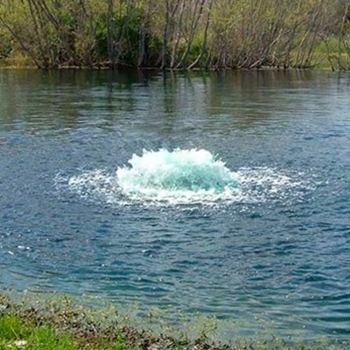Urban Lake Restoration Chennai
Two components are essential for healthy and balanced waterbodies: carbon dioxide and dissolved oxygen. Both are vital for animal and plant life. The ecosystem will be stressed if water bodies have too much of either. Balance between these two elements is crucial for ecosystem health and ecosystem function. Human health can also be improved by the presence of both chemical, pollutant, and biological matter. Both conditions can be exacerbated by human activity.



